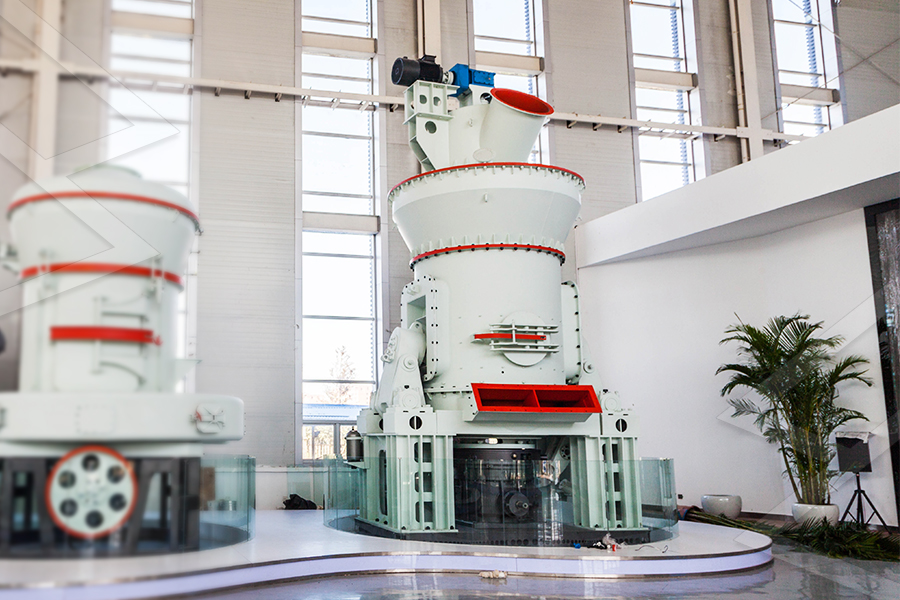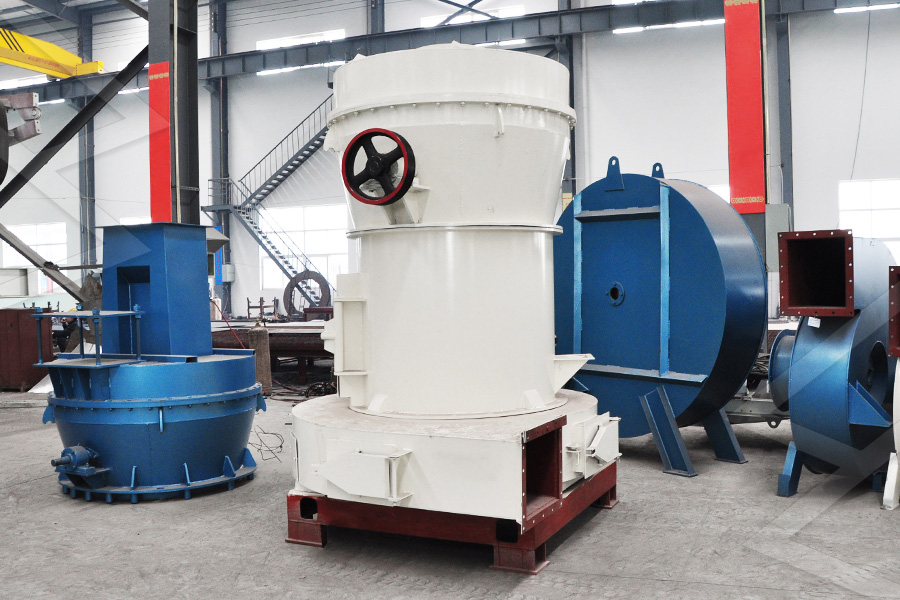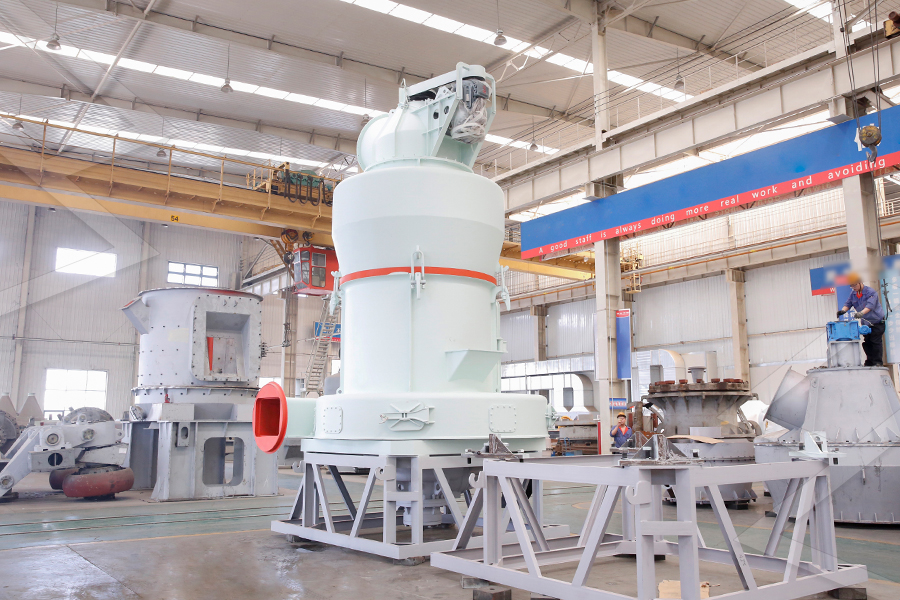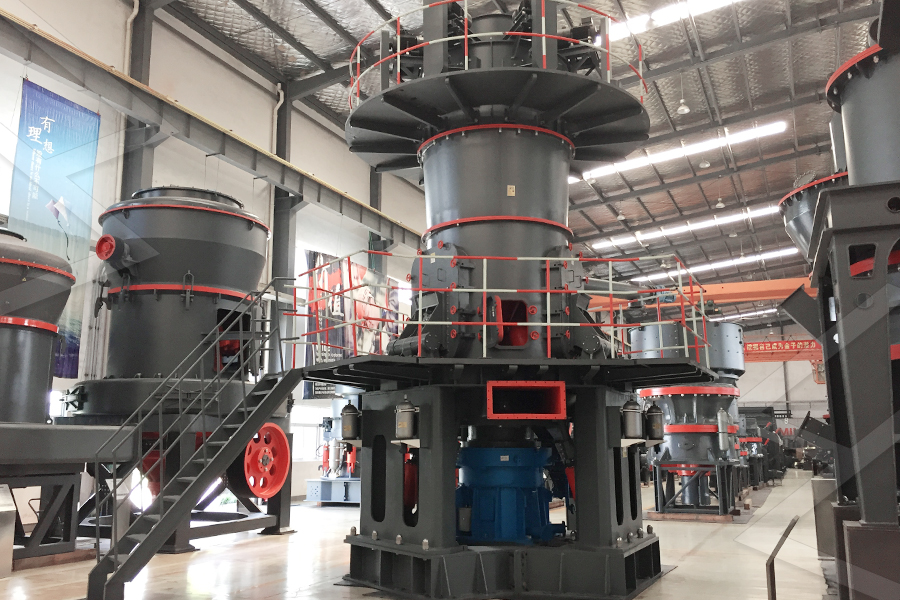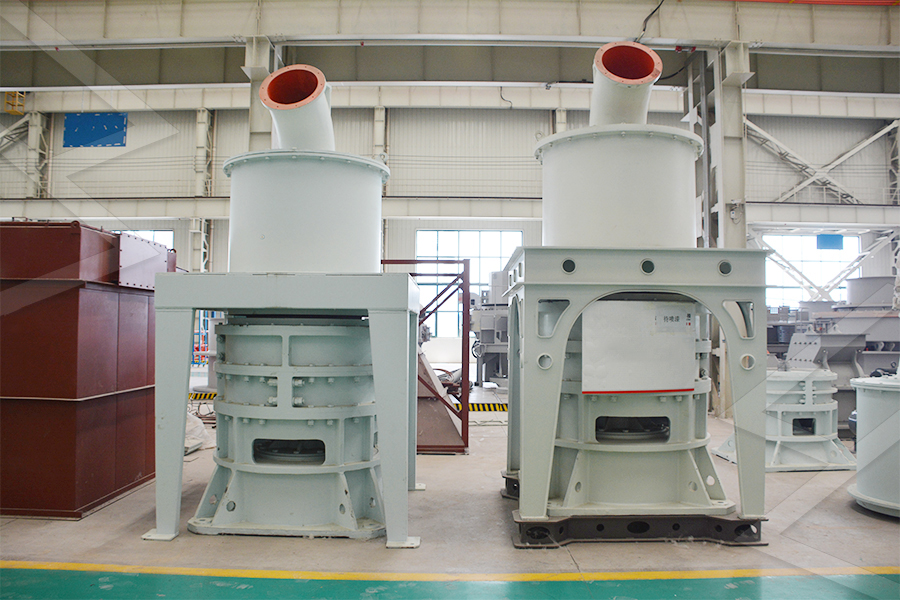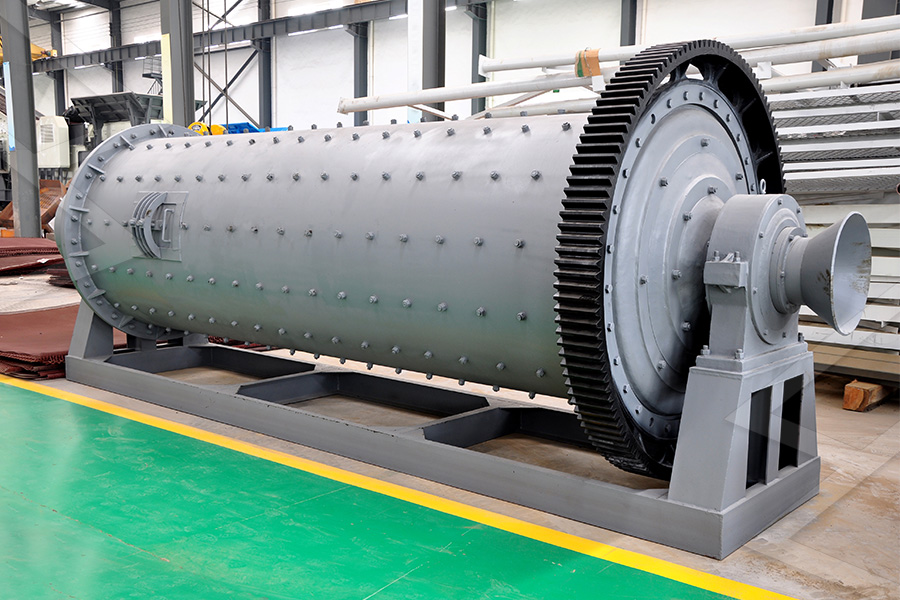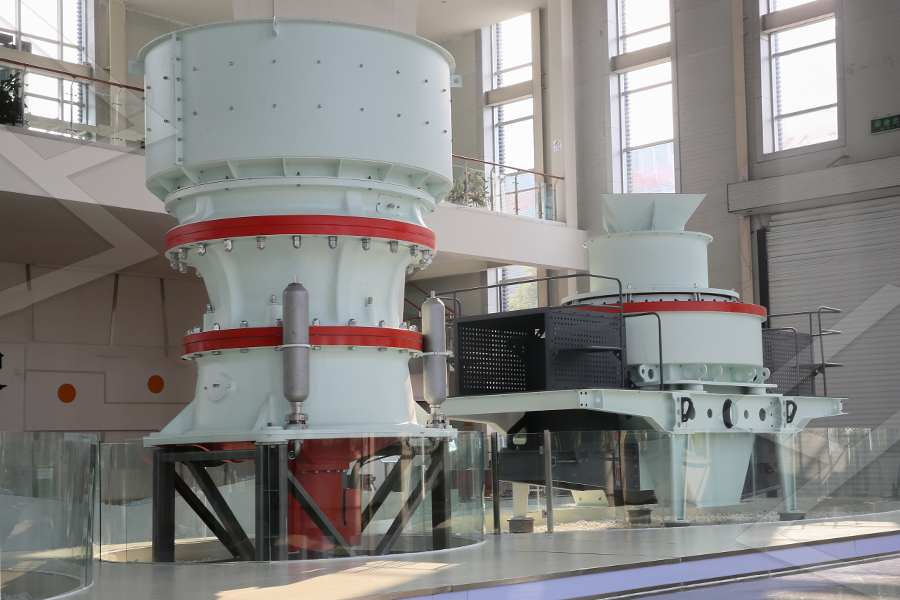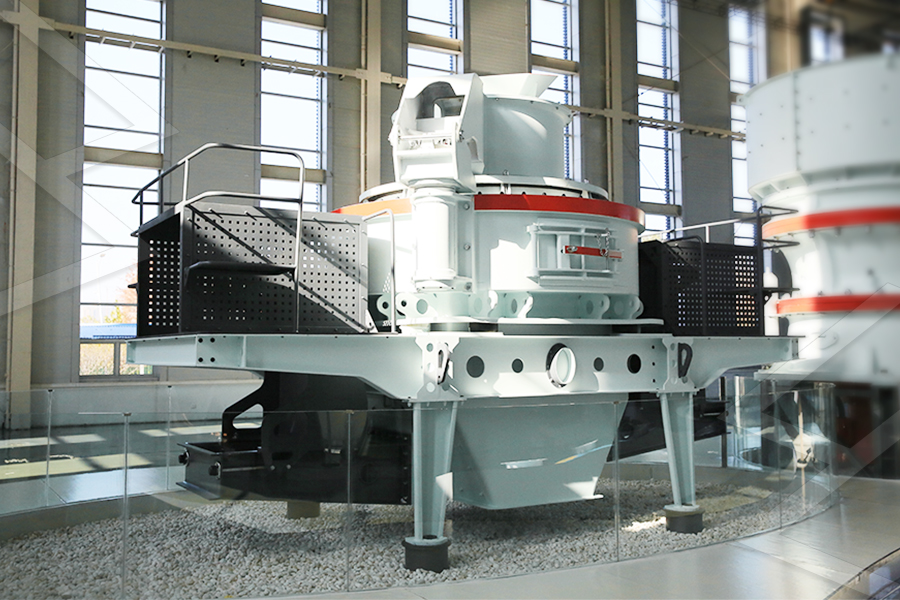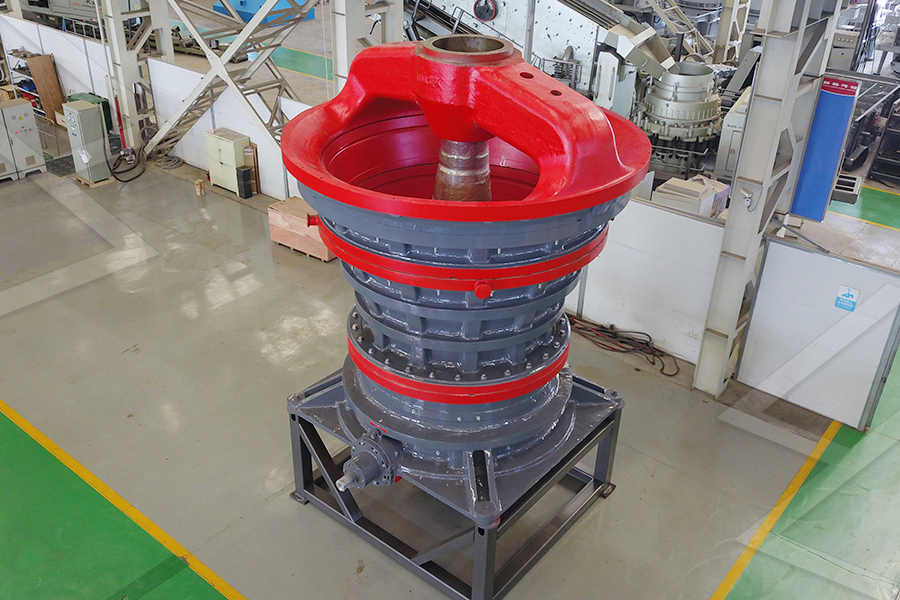After magnetic separation, the feldspar is washed with deionized water to remove clay and dust (which can cause agglomeration during grinding), then dried in a rotary dryer at 150°C to <1% moisture. The dried feldspar (now 10-20mm) is stored in a 300-ton silo, equipped with a vibratory feeder to ensure a steady feed to the grinding mill.
Grinding System Selection and Operation
The project uses a vertical roller mill (VRM) with a model number LM-1300, featuring a grinding table diameter of 1.3 meters and a power rating of 315 kW. VRMs are preferred for feldspar grinding because they: (1) Produce uniform particle size (critical for ceramic firing); (2) Have low energy consumption (40 kWh/ton, compared to 60 kWh/ton for ball mills); (3) Can handle the 15 TPH capacity efficiently.
The grinding process begins with the 10-20mm feldspar being fed onto the VRM’s rotating table (speed 30 rpm). Three hydraulic rollers (each with a diameter of 0.6 meters) apply pressure (12 MPa) to grind the feldspar into fine powder. Hot air (160-180°C) from a coal-fired boiler (the ceramic tile plant’s waste heat is reused here) is blown into the mill to carry the powder to the integrated air classifier. The classifier’s impeller speed is set to 2200 rpm, separating 250-mesh particles (which are carried to the pulse bag filter) from coarser particles (which fall back to the table for regrinding).
The pulse bag filter has 120 filter bags (made of fiberglass) and operates at a negative pressure of -6 kPa, capturing >99.9% of the feldspar powder. The collected powder is discharged into a screw conveyor, which feeds it into a 500-ton silo—connected directly to the ceramic tile plant via a closed belt conveyor to avoid dust contamination.
